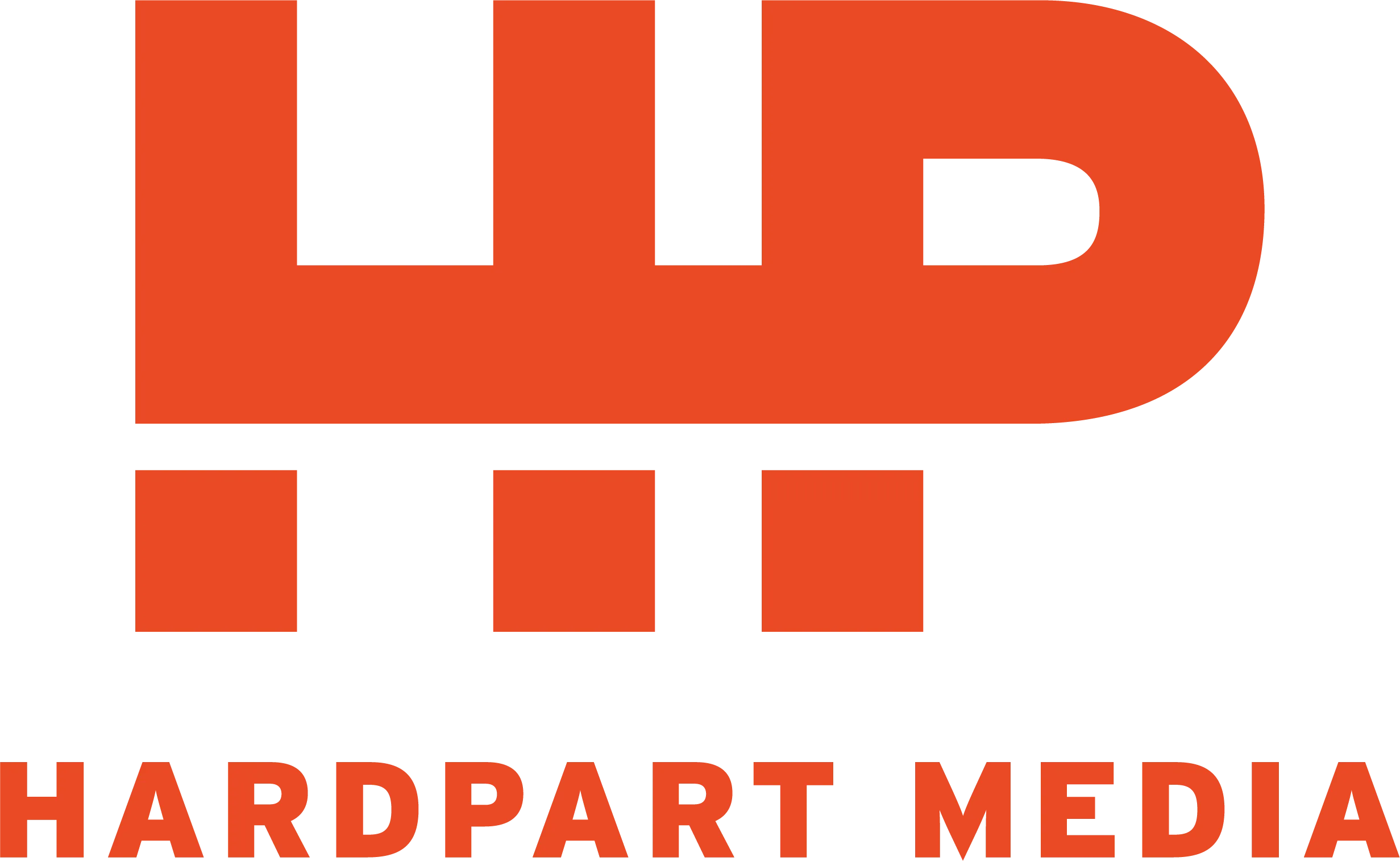Proven Nonprofit Marketing Strategies
Taking Care of the HardPart for Non-Profits: Strategies to Expand Your Online Reach & Donations
Marketing is not just crucial when it comes to “for-profit” businesses. Marketing strategy plays a major role in the success of a nonprofit organization. Marketing is a way for nonprofit organizations to get their mission out in front of a large audience and identify donors and communities for involvement and support.
If you are part of a nonprofit organization, then you know that the bigger your audience, the more potential you have to increase your volunteers and your fundraising efforts, as well as the overall awareness for your cause. And because we live in a digitally focused world, the ability to grow awareness is directly connected to how present you are online.
A strong online presence provides a level of credibility and trust for audiences that may have just discovered the organization and wish to be included in supporting the cause. Potential supports need to know that their contributing to a legitimate, transparent and reputable company. Learn more about some of the most impactful steps to a nonprofit marketing campaign.
Marketing Steps Outlined
Step 1: Define campaign goals and objectives
Step 2: Identify target audience
Step 3: Create a compelling campaign message
Step 4: Develop a content strategy
Step 5: Select marketing channels (e.g., email, social media, website)
Step 6: Set a campaign timeline and schedule
Step 7: Design visuals and branding assets
Step 8: Implement tracking and analytics tools
Step 9: Launch campaign
Define campaign goals and objectives
Before you begin any marketing efforts, you must identify your goal for the campaign and what success looks like. Based on that objective, you can follow next steps to execute on your strategy. Typical campaigns for nonprofits may include the following:
- – Raising Awareness
- – Attracting More Volunteers
- – Soliciting Donations
- – Expanding Partnerships
- – Driving Digital Engagement
- – Advocating For Change
Identify target audience
The type of campaign you are running typically dictates the audience you are targeting. For example, if you are looking to solicit donations and your goal is to acquire 50 new monthly donors, you may look at targeting people with a higher financial ability to give. If you are looking for more volunteers, you may have a broader audience.
Build a Compelling Story and Share It Consistently
Whereas the art of storytelling is important in any marketing campaign, it is especially critical for nonprofits. Your nonprofit is a brand. And your organization’s story speaks to the “why” behind the brand and providing audiences with your overall mission. That mission is what resonates deeply and creates the type of awareness that nonprofits need to inspire others to support the cause and donate.
A strong visual identity will help with this. Solid branding contributes to your audience recognizing the brand and efforts and connecting with the purpose. This includes your brand’s logo, colors and overall aesthetic across all marketing collateral. The Make A Wish Foundation is a great example of a nonprofit that is widely recognizable across the country by their Connecting donors to a meaningful mission will increase your organization’s ability to impact the overall cause.
According to Hubspot’s Ultimate Guide to Nonprofit Marketing in 2024: Nonprofit marketing and nonprofit fundraising go hand-in-hand. The more people know about your organization, the more potential funding you can bring in.
Develop a content strategy
After your audience is defined and your story is created, you must develop a content strategy around how you will use the content you create and where you will use it. Identifying the right channels and platforms is key to your campaign’s success.
A content calendar will help to keep your content strategy organized and effective. The calendar will serve as a roadmap so that you can plan out the content in alignment with your goals.
Select marketing channels (e.g., email, social media, website
Your content strategy goes hand-in-hand with selecting the right channels to promote your content, as you cannot do one without the other. And the objectives you have will often help you to select the platforms. For instance, if you are looking to bring more awareness to your campaign, you may want to promote your organization via social platforms. Social media is a huge contributor to nonprofit marketing success.
Leverage Social Media to Drive Engagement and Donations
Equally important to the creative element of storytelling through visuals and content creation, social media provides a powerful platform to drive overall brand engagement. Choosing the right platforms to speak to audiences is an important step in the strategy. Various platforms support different strategies, such as LinkedIn for professional networking or Instagram for visual storytelling
- – Find the platforms that best highlight your creative
- – Leverage platform specific donation tools if available
- – Ensure that you have clear CTAs in your posts encouraging support, shares, follows and donations
Use Email Marketing to Build Long-Term Donor Relationships
Nailing your email marketing is a critical component to any nonprofit marketing strategy. It is a highly effective way for you to communicate with your supporters and keep them engaged through direct contact. Email marketing allows for stories and updates to be delivered to specific markets, such as those who have already shown an interest. This strategy is great for nonprofits to build relationships over time and stay in the front of potential donors through customized content that resonates with people’s values.
Direct email marketing is a great way for nonprofits to update their user base on how donations are supporting the cause and the communities, highlighting successes and providing behind the scenes messages from leadership. Email marketing can be leveraged for seasonal updates or special events. Providing your distribution list with an end of year appeal or seasonal update can help create urgency around the need for donations and boost engagement.
Grow and Segment Your Email List
- – Gather emails through an email sign-up form or the website via the homepage, landing page or website pop-up
- – Ensure that you have a means for gathering emails during any type of event via registration or a signup sheet
- – Use social media as a means for gathering email addresses
- – Capture email addresses via your organization’s donation forms
- – Collaborate with partners like neighboring businesses or influencers and run joint campaigns to share email lists and expand reach
Set a campaign timeline and schedule
Now it is time to identify the duration of your campaign and frequency of efforts. Do you post daily? Weekly? Depending on your goal and strategy, you may decide to set a short timeline or longer timeline that is aligning with your mission. If you are looking for volunteers for a certain event or fundraising activity, you may create a shorter timeline than say a campaign that is speaking to overall brand awareness.
Design visuals and branding assets
You have your story. You know where you want to implement it, as well as for how long and how frequent. Now is the fun part. Create visuals and branding that supports the overall message. Remember to think about what would be the most impactful for your target audience and execute creating assets that hit the nail on the message and what you are trying to convey.
Implement tracking and analytics tools
After all of these steps and efforts, you need to know how effective your campaign is. Make sure to implement tracking on your digital campaigns and set up proper analytics. For anything that cannot be easily tracked digitally, such as brand awareness and recognition from marketing efforts like billboards or word of mouth, you may want to provide surveys or polls to measure success, or monitor spikes in your event engagement or community discussion.
Launch campaign
Once the campaign is launched, you will want to monitor the campaign consistently as well as engage with your supporters, especially to thank them for their support. Based on the data, strategy adjustments may need to be made for better impact.
Don’t Forget to Optimize Your Website for Conversions and User Experience
People have also grown skeptical of organizations that are consistently asking for money. It is very easy to create a profile, and a quick Go Fund Me account or promote donations via digital apps like Venmo and Zelle. This ease of information trading has made some weary of the legitimacy of organizations that are looking to request support.
Your website is a central hub for your audience to receive information and communication about the cause and how they can participate or contribute. For some, the website itself may even be the first interaction or representation of your nonprofit. Ultimately your website is your conversion vehicle and the destination that can drive interaction and donation. So, it is important that your website is well-optimized and designed for a fast user experience.
Ensure that your website strategy includes the following:
- – Ensure that your website design clearly communicates the mission and impact on the homepage
- – Strategically place a “Donation” button that is easily found by all visitors
- – Make sure your payment options are secure
- – Prominently display your success stories and impact statistics
- – Make sure you have a sign-up form easily accessible for your nonprofit’s newsletters or updates
- – Integrate your website strategy with other digital channels, such as social media or email marketing strategies
Need Help? Contact Our HardPart Experts!
These are just a few of the important pieces of the pie when it comes to formulating a nonprofit strategy. With the proper marketing efforts, you can increase awareness in the community and reach more potential doners. And for the best support around, contact the us to take care of the “hard part”! Our HardPart Media team is ready to talk to you about how we can help your marketing efforts.

